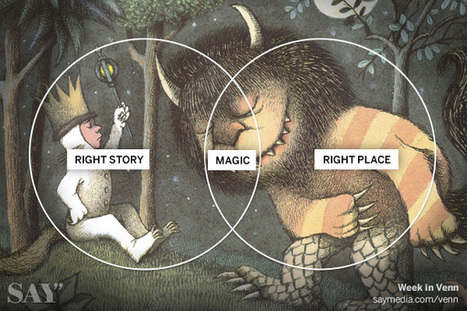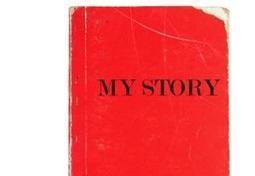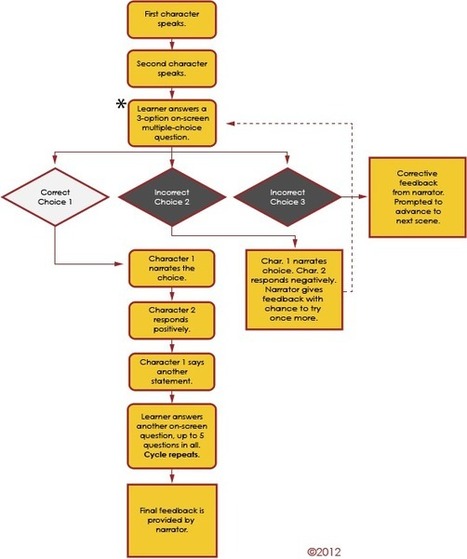"Storytelling has quickly become one of the most talked about topics in user experience and beyond—to the point that it’s almost cliché. Most of the ideas presented around storytelling are focused on simple reasons why storytelling is important and some marginal tips for telling a better story. The problem there is that we’re a step ahead of ourselves."
Whenever UX Magazine writes an article about storytelling I read it -- because they are usually sooooo good! And here's another one just for you.
UX Magazine is for geeks who are into User Experience design when developing software. UX design is all about using stories to create more user-friendly tech products. Way cool. I love working with engineers and how open they are to stories.
Anyway, this article is a must-read because it focuses our attention on where anyone working with stories needs to go first. As the author Sarah Doody says, "We’ve gone straight to how to tell the story of an experience or a product and skipped over the crucial element of why we’re telling these stories in the first place."
She continues: "But, if we truly want to make great experiences and products for people, we need to stop focusing on competing and start focusing on creating—creating products that are extensions of our own personal stories. . . you first must be the consumer. What you create must stem from your own personal story. You must live and breath for the experience, product, or business you are creating."
You tell 'em Sarah! She cites Steve Jobs, Jack Dorsey, and Mark Zuckerberg as examples of business leaders able to do this. And Sarah shares other stories to make her point.
She then poses a series of questions at the end of the article to help us focus on our 'why', our personal stories, and meeting the needs of customers.
And don't forget to read the comments at the end of Sarah's blog post. Along with the other article today from Thaler Pekar, we have a wealth of insights to make us story rich!
This review was written by Karen Dietz for her curated content on business storytelling at www.scoop.it/t/just-story-it ;
[Great read and an interesting storytelling POV ~ Jeff]



 Your new post is loading...
Your new post is loading...













The main point of this article, which is true of just about any endeavour, is the brands that are finding the most success across channels are those that spend the time preparing before publishing.
What an excellent collection of ideas about brand authority and consistency. If you've never taken the time to really deep dive into a particular company's brand strategy, and how and where they choose to show up, Red Bull is an excellent place to start.